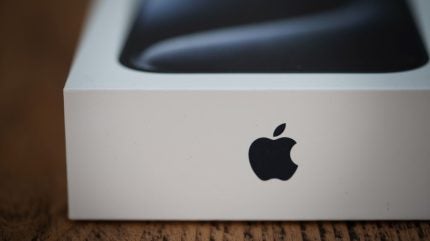
Packaging is more than just a vessel to hold a product; it’s a crucial aspect of marketing that can significantly impact a brand’s success.
Leading brands understand this and have mastered the art of packaging to capture consumer attention, build loyalty, and enhance their market presence.
Let’s delve into what you can learn from these top brands to elevate your own packaging strategy.
The power of first impressions
First impressions matter, and packaging is often the first interaction a consumer has with your product.
Leading brands excel in making this first impression count. Take Apple, for example. Their packaging is synonymous with simplicity and elegance. Each iPhone box is meticulously designed to offer an unboxing experience that feels premium.
This not only reinforces the brand’s image but also generates excitement and anticipation among consumers.
To emulate this, consider how your packaging can convey quality and attention to detail. Use high-quality materials, clean design lines, and ensure that the packaging is easy to open yet secure.
The tactile experience of unboxing can leave a lasting impression and set the tone for the consumer’s relationship with your product.
Storytelling through design
Top brands use their packaging to tell a story and communicate their brand values. This storytelling aspect can create a deep emotional connection with consumers.
A great example of this is Dove. Their packaging reflects their commitment to real beauty and self-care. The design is clean, featuring soft colours and simple graphics, which align with their message of natural beauty and confidence.
To integrate storytelling into your packaging, think about what your brand stands for and how you can visually convey that message. Use colours, fonts, and imagery that align with your brand’s ethos.
If sustainability is a core value, opt for eco-friendly materials and prominently display this commitment on your packaging. This not only attracts environmentally conscious consumers but also builds trust and authenticity.
Functionality meets aesthetics
Functionality should never be sacrificed for aesthetics, and the best brands find a perfect balance between the two. Consider Coca-Cola’s iconic bottle design. It’s not only visually distinctive but also ergonomically designed to be easy to hold and pour.
This blend of form and function makes the product more enjoyable to use and visually appealing.
To achieve this balance, think about how your packaging can enhance the user experience. Is it easy to store, open, and use? Does it protect the product effectively?
Incorporating functional elements into an aesthetically pleasing design can greatly enhance consumer satisfaction and set your product apart from competitors.
Staying true to your brand identity
Consistency in packaging helps reinforce brand identity and recognition. Leading brands ensure that their packaging aligns with their overall brand image and marketing strategies.
For instance, Tiffany & Co. is instantly recognisable by its signature blue boxes. This consistency across all products reinforces their luxury brand image and makes their packaging an integral part of their identity.
When designing your packaging, ensure it is in harmony with your brand’s visual and verbal language. Use consistent colours, logos, and design elements. This helps build brand recognition and ensures that consumers can easily identify your products on the shelves.
Adapting to trends
While consistency is key, leading brands also understand the importance of staying relevant by adapting to trends. Limited edition packaging, seasonal designs, and collaborations can inject novelty and excitement into your product line.
For example, KitKat often releases limited edition flavours and packaging, which creates buzz and attracts both new and loyal customers.
To stay relevant, keep an eye on market trends and be willing to innovate. This doesn’t mean overhauling your packaging completely, but rather introducing fresh elements that resonate with current consumer interests.
Whether it’s incorporating sustainable materials or leveraging popular culture, adapting to trends can keep your brand dynamic and engaging.
The role of technology
Incorporating technology into packaging can also enhance the consumer experience and add a modern twist to your brand. QR codes, augmented reality (AR), and smart packaging are becoming increasingly popular.
Brands like Johnnie Walker have experimented with smart bottles that can detect if they’ve been opened, providing an added layer of security and authenticity.
To integrate technology, think about how it can add value to your consumers. QR codes can link to tutorials, recipes, or promotional content, enhancing the user experience. AR can offer interactive experiences that make your packaging stand out.
Embracing technological advancements can position your brand as innovative and forward-thinking.
Packaging is a powerful tool that goes beyond merely containing a product.
Leading brands understand the importance of making a strong first impression, telling a compelling story, balancing aesthetics with functionality, maintaining consistency, adapting to trends, and leveraging technology.
By learning from these top brands, you can create packaging that not only attracts consumers but also builds a strong, memorable brand identity.



